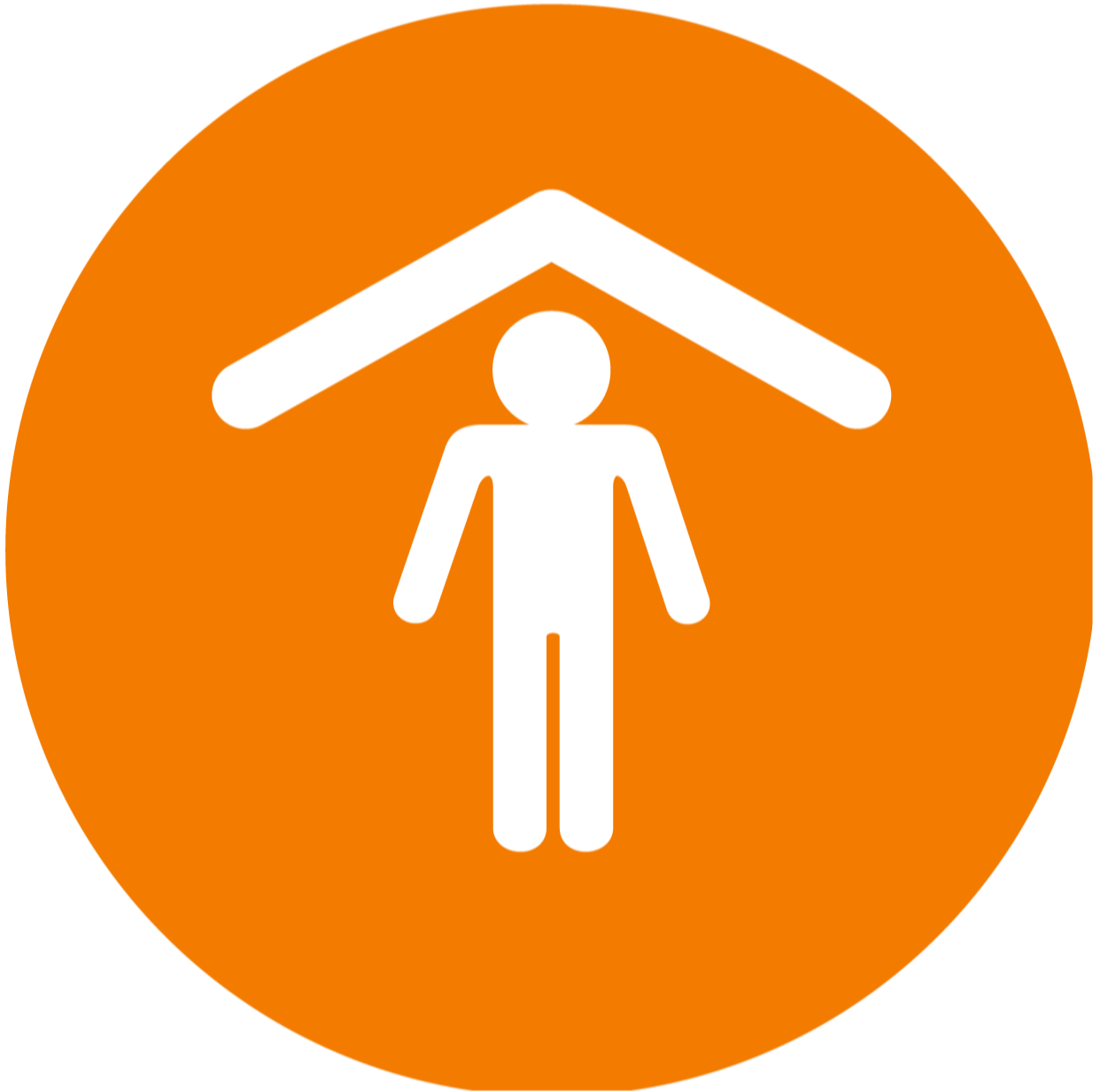Standard Response Protocol (SRP)
At Fayetteville Public Schools, we prioritize two key objectives every day:
Ensuring the safety and well-being of every student and staff member throughout the entire day, and
Delivering a high-quality educational experience that prepares our students for success both now and in the future.
We believe these priorities go hand in hand to create an environment where everyone can thrive. Partnering with our community and families is also essential to achieving this success.
As part of our daily operations, Fayetteville Public Schools follows regular safety procedures—conducted daily, weekly, and monthly—to ensure that everyone knows what to do in case of an emergency. Many of these practices, like fire and tornado drills, are ones we’ve all participated in since our own school days.
We also work closely with local and county officials, as well as emergency personnel, to ensure we are doing everything possible to keep our students and staff safe each day. One key procedure used by school districts nationwide is the Standard Response Protocol (SRP). This system, which was implemented several years ago, helps schools and emergency responders use a unified approach when conducting drills and responding to emergencies.
The Standard Response Protocols that are in place include...

With these five simple procedures, students, staff, and emergency personnel can effectively use the Standard Response Protocol to ensure everyone knows what to do, where to go, and how to respond when instructions are given or an emergency arises. We regularly practice these drills to ensure they can be executed quickly and efficiently when needed.
Additionally, we believe it’s important to share this information with the broader community and families within Fayetteville Public Schools. We want everyone, including those who may not be on our campuses daily, to know two key things:
Our children are safe, cared for, and valued every day at Fayetteville Public Schools.
Our schools, students, and staff are well-trained and prepared to protect our children in the event of an emergency.
SRP actions
The SRP refers to five specific actions in the event of an emergency or crisis. Hold, secure, lockdown, evacuate or shelter are the actions students and employees are trained to perform during an emergency. A brief synopsis of each action is below.





